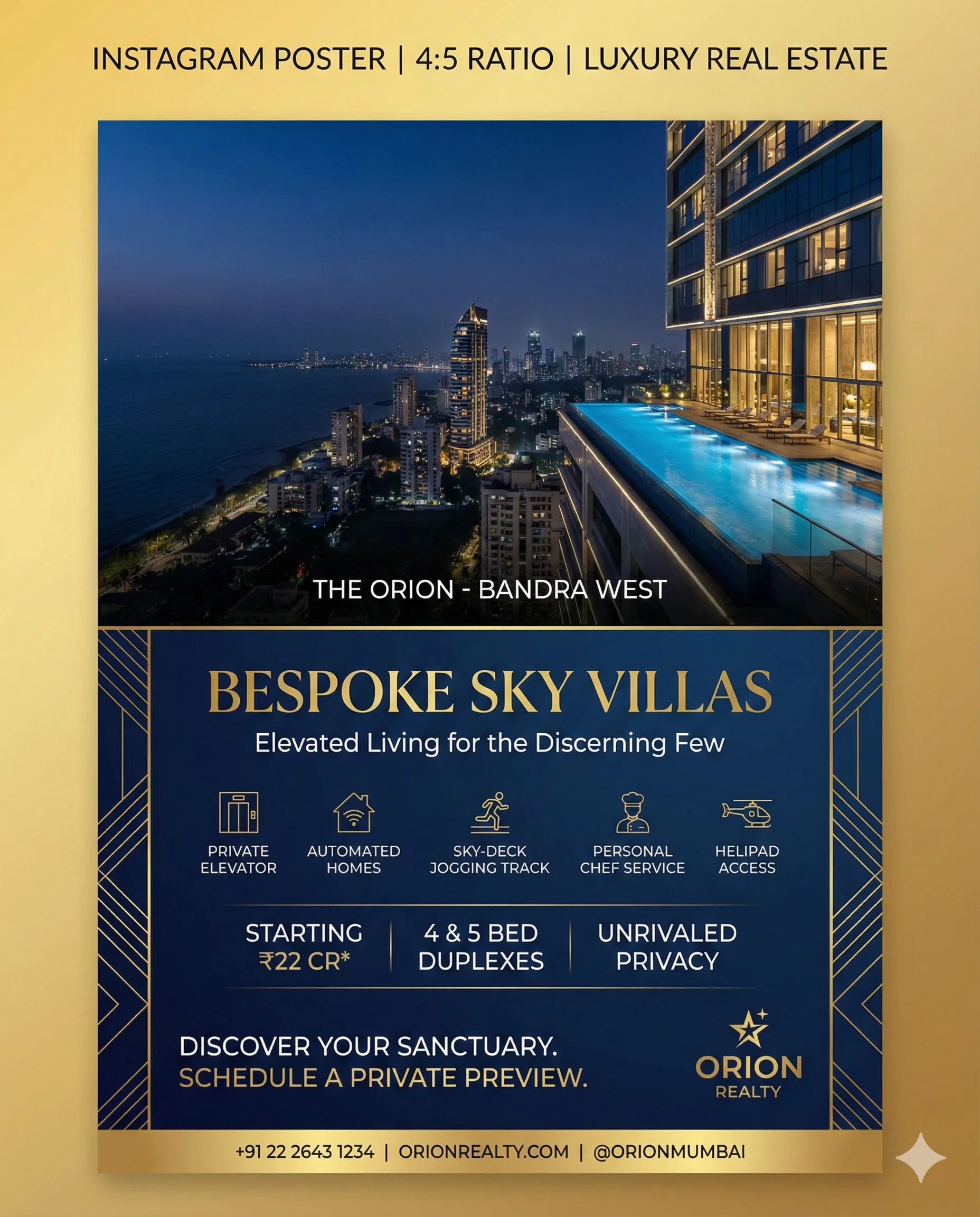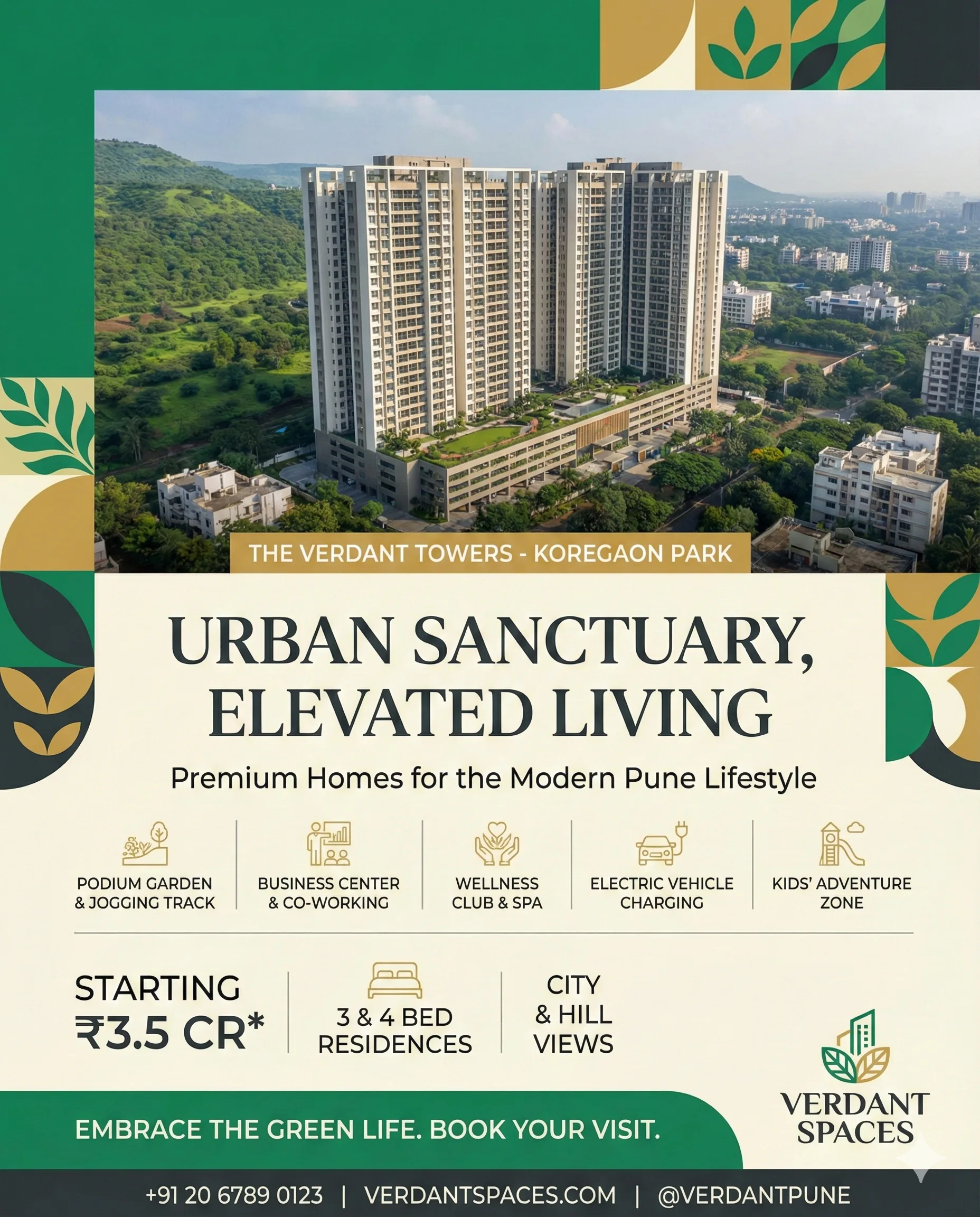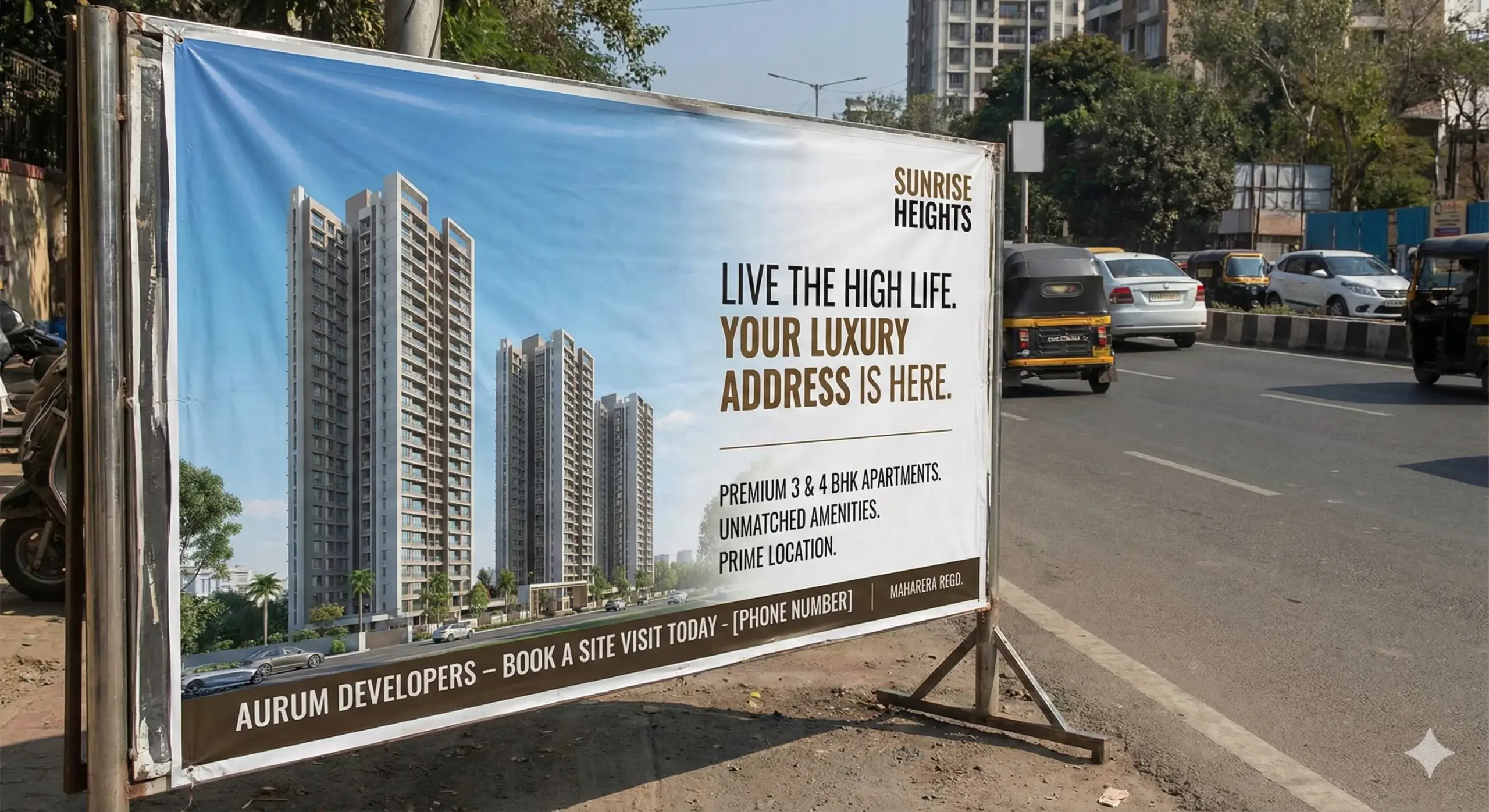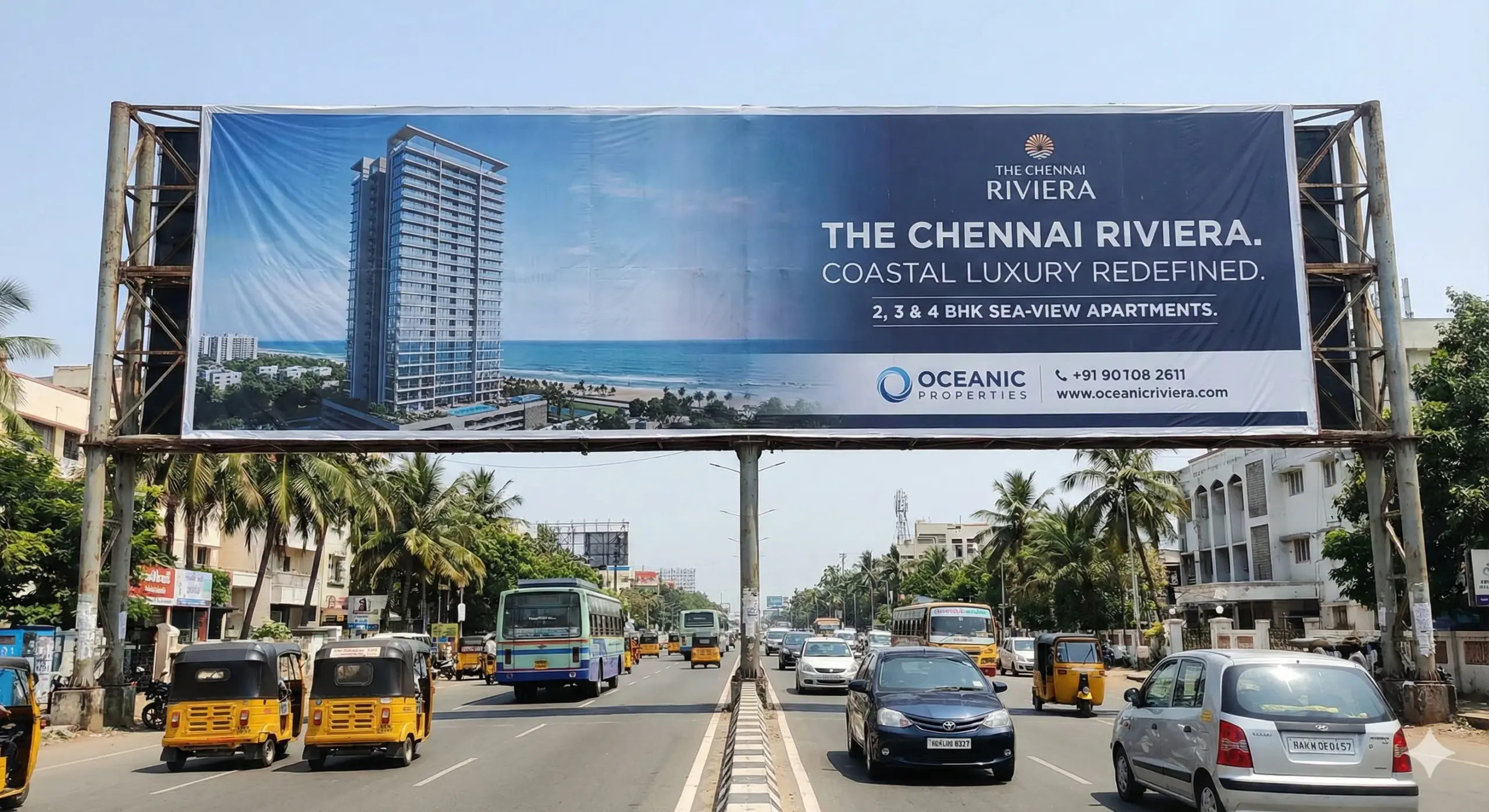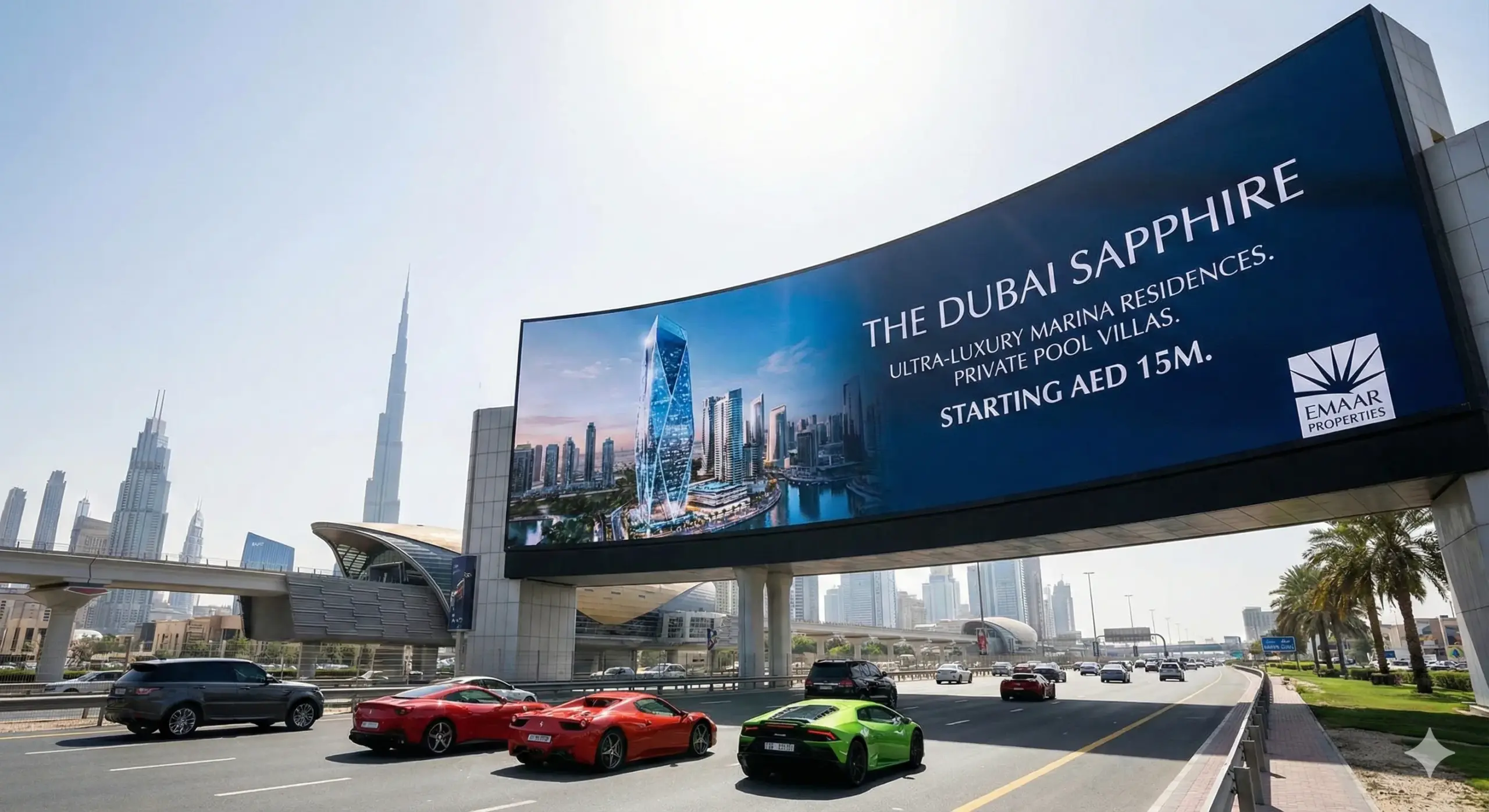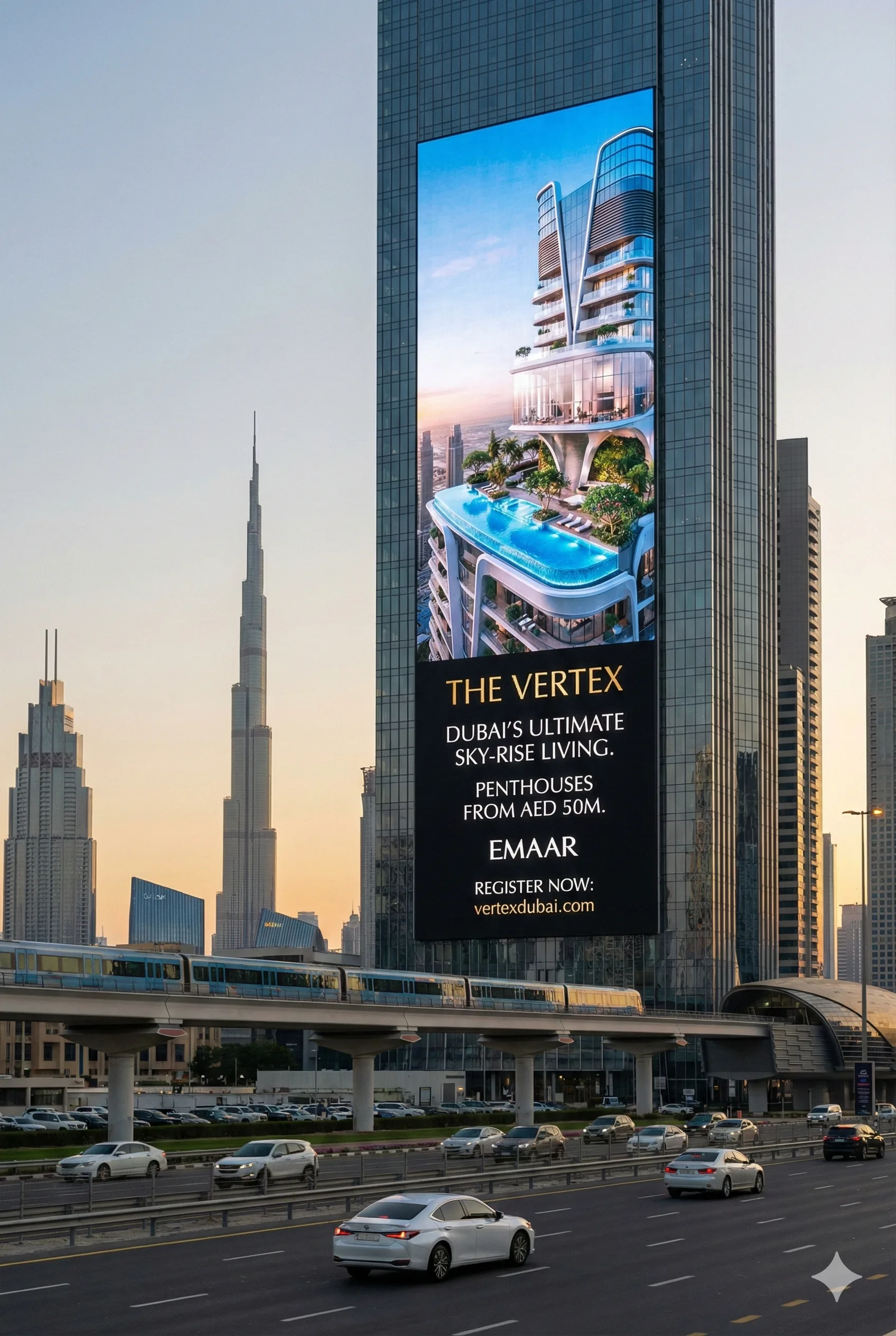Search Engine Optimization Services
Dominate Search Results & Drive Organic Traffic to Your Website
In today's digital landscape, being found online is crucial for business success. Our comprehensive SEO services help you rank higher on Google and other search engines, bringing qualified traffic that converts into customers.
With over 13 years of experience, we've helped hundreds of businesses achieve first-page rankings and increase their organic traffic by up to 400%. Our data-driven approach combines technical expertise with proven strategies to deliver measurable results.

